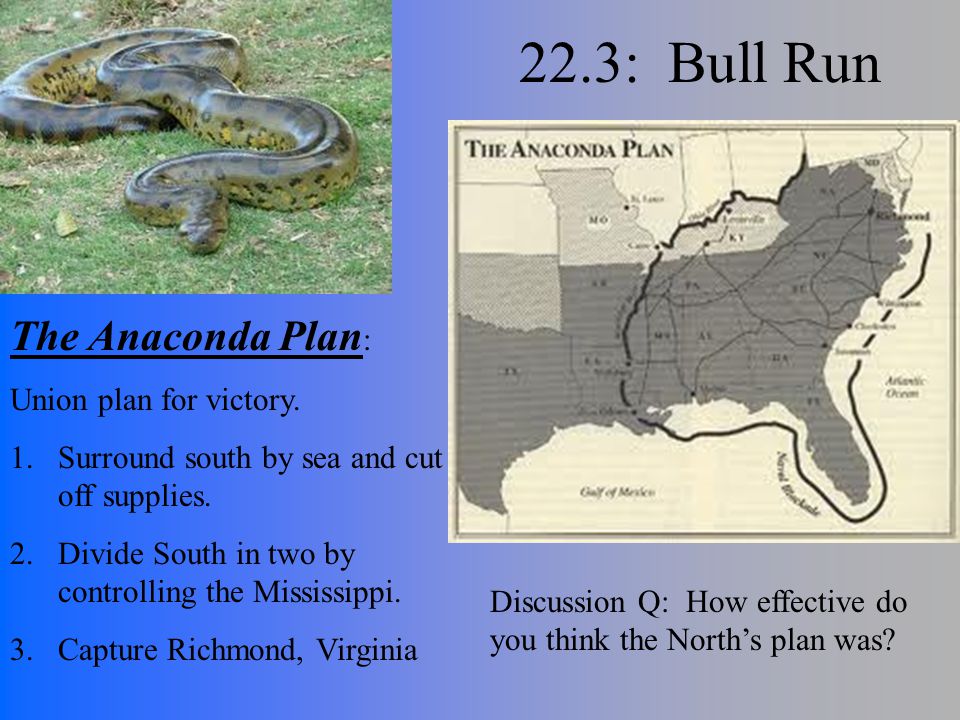

Upon the issue of the proclamation, the Government immediately found itself confronted with the question whether the movement at the South should be regarded as rebellion or as war. If, therefore, with a view to violate such blockade, a vessel shall approach or shall attempt to leave any of the said ports, she will be duly warned by the commander of one of the blockading vessels, who will endorse on her register the fact and date of such warning, and if the same vessel shall again attempt to enter or leave the blockaded port, she will be captured, and sent to the nearest convenient port for such proceedings against her, and her cargo as prize, as may he deemed advisable." For this purpose a competent force will be posted so as to prevent entrance and exit of vessels from the ports aforesaid. "Now therefore I, Abraham Lincoln, President of the United States.have further deemed it advisable to set on foot a blockade of the ports within the States aforesaid, in pursuance of the laws of the United States and of the Law of Nations in such case provided. The terms of the proclamation were as follows:

On the 27th the blockade was extended to Virginia and North Carolina. On the 19th of April, six days after the fall of Sumter, the President issued a proclamation declaring the blockade of the Southern States from South Carolina to Texas. No time was lost in announcing the intentions of the Government. It seemed to be an attempt to revive the cabinet blockades of half a century before, when England and France laid an embargo upon each other's coasts, and captured all vessels at sea whose destination was within the proscribed limits and when Spain interdicted commerce with the northern colonies in South America, and as a matter of form, kept a brig cruising in the Caribbean Sea. An effective blockade on such a scale was a thing unprecedented, even in the operations of the foremost naval powers of the world. Commercial communities abroad doubted the seriousness of the undertaking, because, in their ignorance of the energy and the resources of the Government, they doubted its feasibility.

It was natural, in view of the inadequacy of the force, that foreign governments should look at the measure with suspicion, and should watch its execution with careful scrutiny. In this sense, the Government understood its responsibilities and prepared to meet them. "Blockades, to be binding, must be effective-that is to say, maintained by a force sufficient really to prevent access to the coast of the enemy " or, according to the general interpretation given to the treaty, sufficient to create an evident danger in entering or leaving the port. For the days of paper blockades were over and, though the United States were not a party to the Declaration of Paris, its rule in regard to blockade was only the formal expression of a law universally recognized. To undertake such a task, and to proclaim the undertaking to the world, in all its magnitude, at a time when the Navy Department had only three steam-vessels at its immediate disposal in home ports, was an enterprise of the greatest boldness and hardihood. A navy of thirty-five available modern vessels, while it might be expected to produce substantial results by concentrated attacks at isolated points on the seaboard, or in engagements with the enemy's ships-of-war, counted for almost nothing as an effectual barrier to commerce along 3,000 miles of coast. The first measure of naval warfare undertaken by the Administration, and the one which it carried out for four years with the most sustained effort, was one that seemed at the outset in the highest degree impracticable. James Russell Soley, former Assistant Secretary of the Navy, argues that it was a signal success.

Help Enrich Battle Understanding Through Archaeology.Protect 239 Acres at Todd’s Tavern & Globe Tavern in Virginia.Virtual Tours View All See Antietam now!.National Teacher Institute July 21 - 24, 2022 Learn More.USS Constitution In 4 Minutes Watch Video.Liberty Trail Explore the Southern Campaigns Learn more.African Americans During the Revolutionary War.The First American President: Setting the Precedent.


 0 kommentar(er)
0 kommentar(er)
